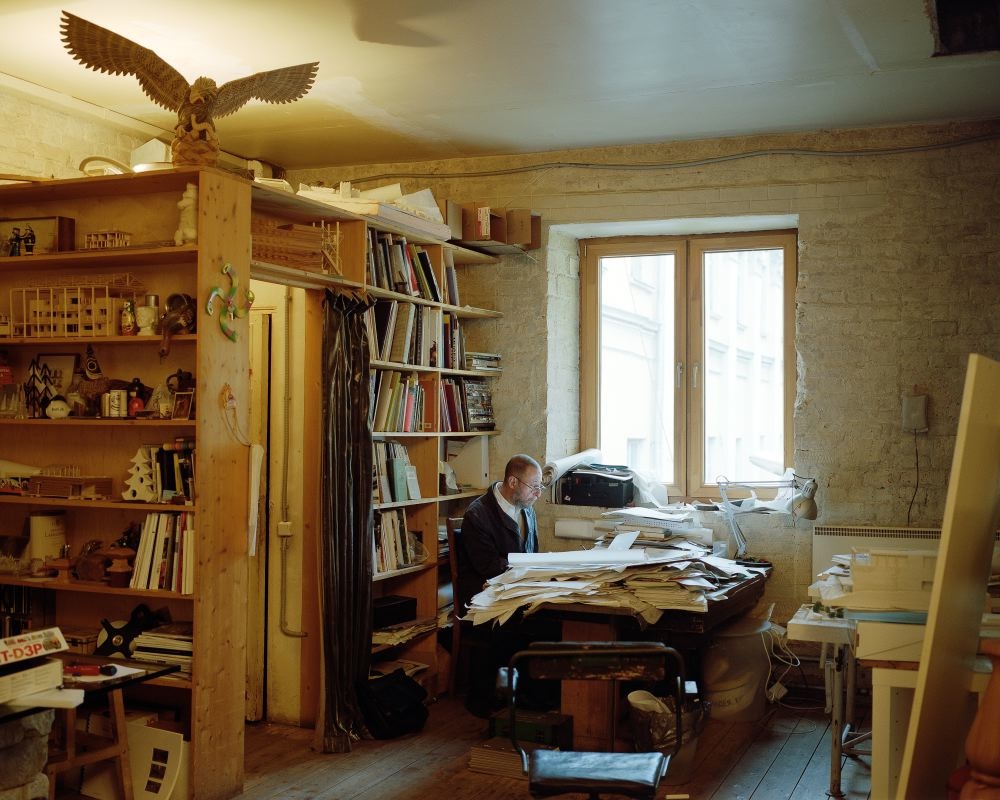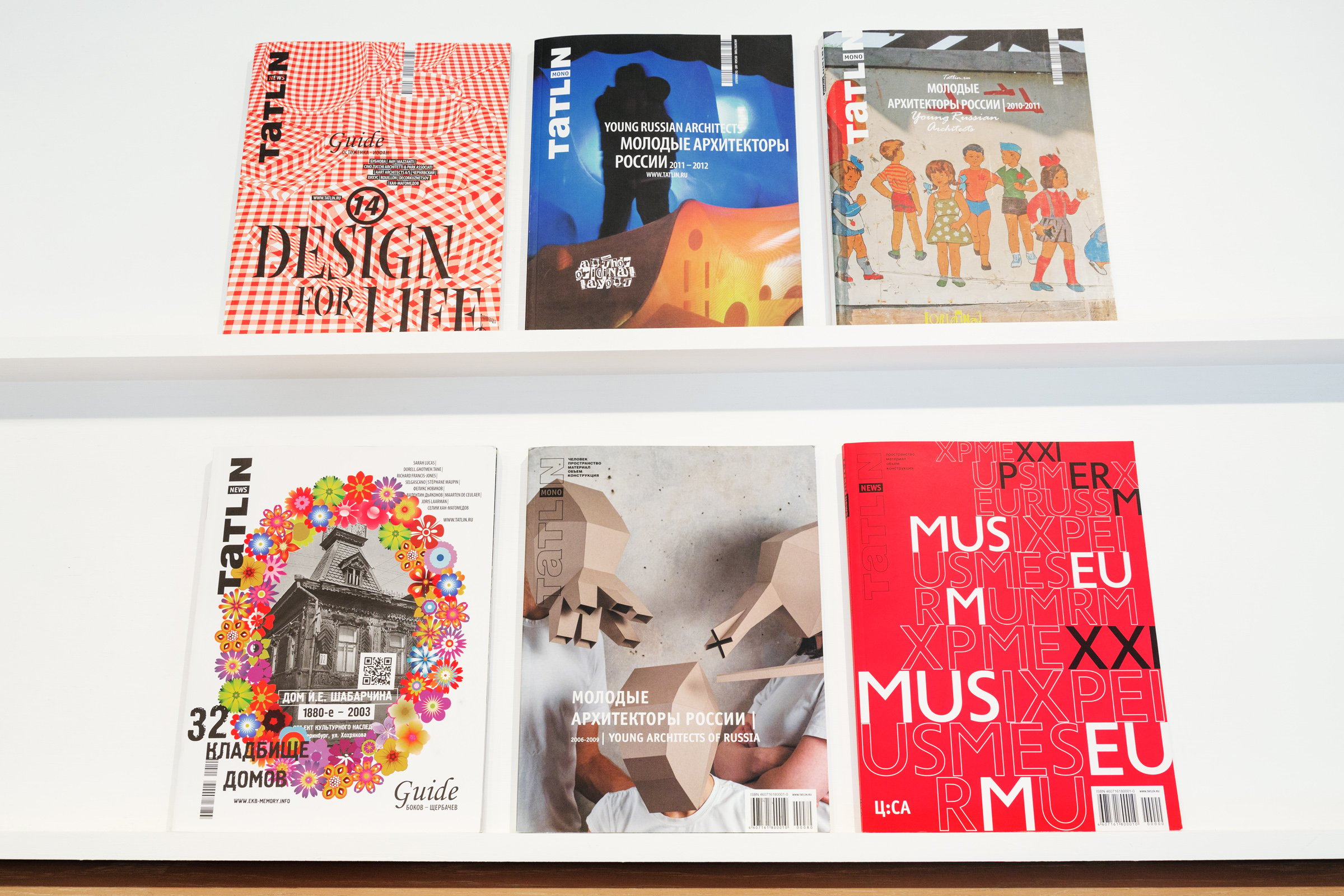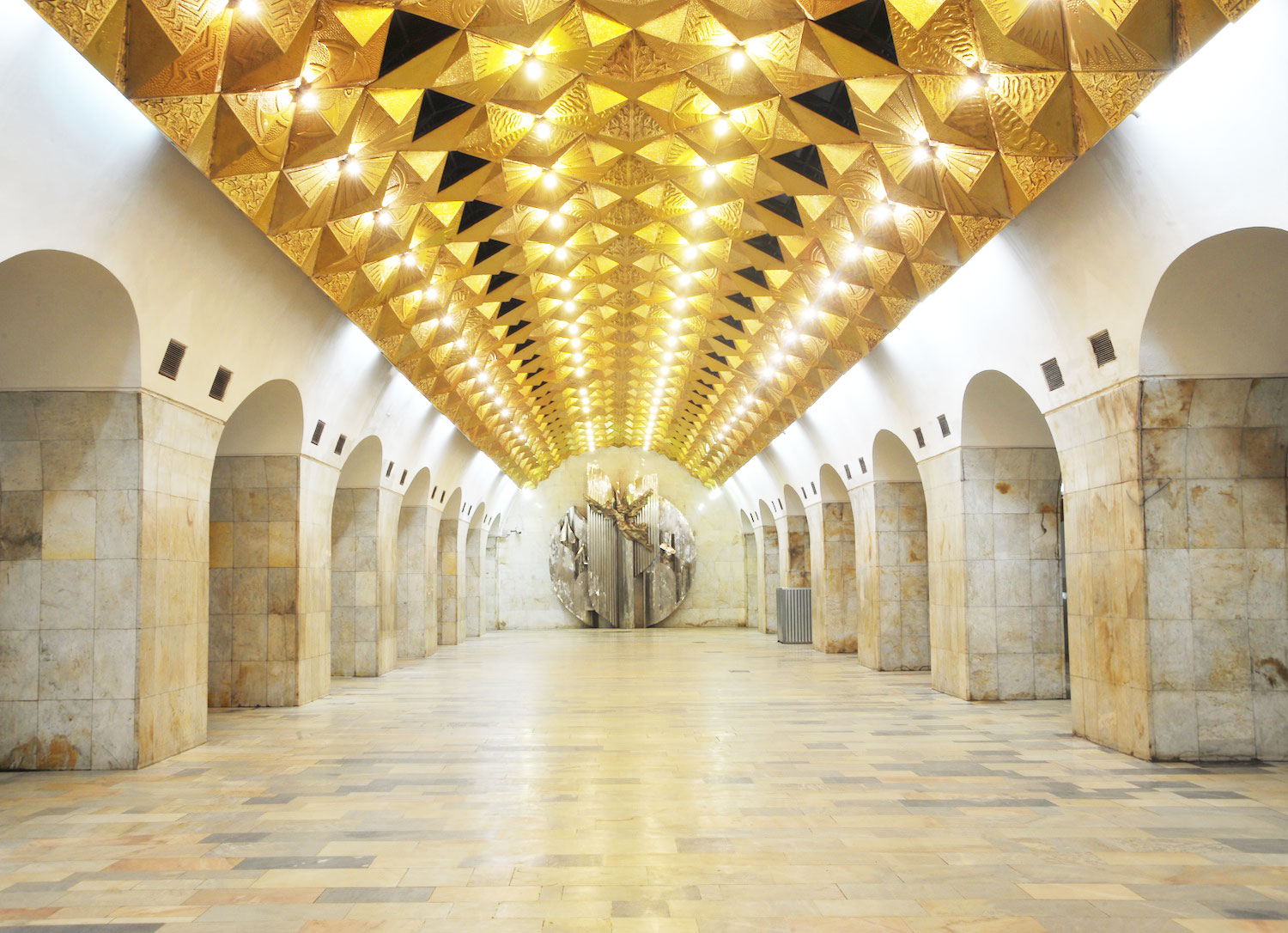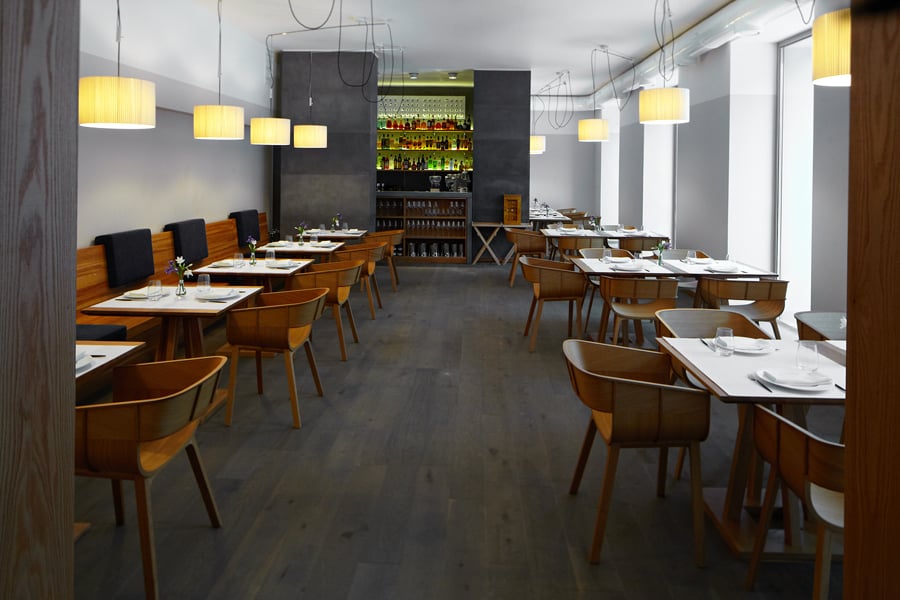Grand designs: what’s inside the mind of Alexander Brodsky, Russia’s greatest architect
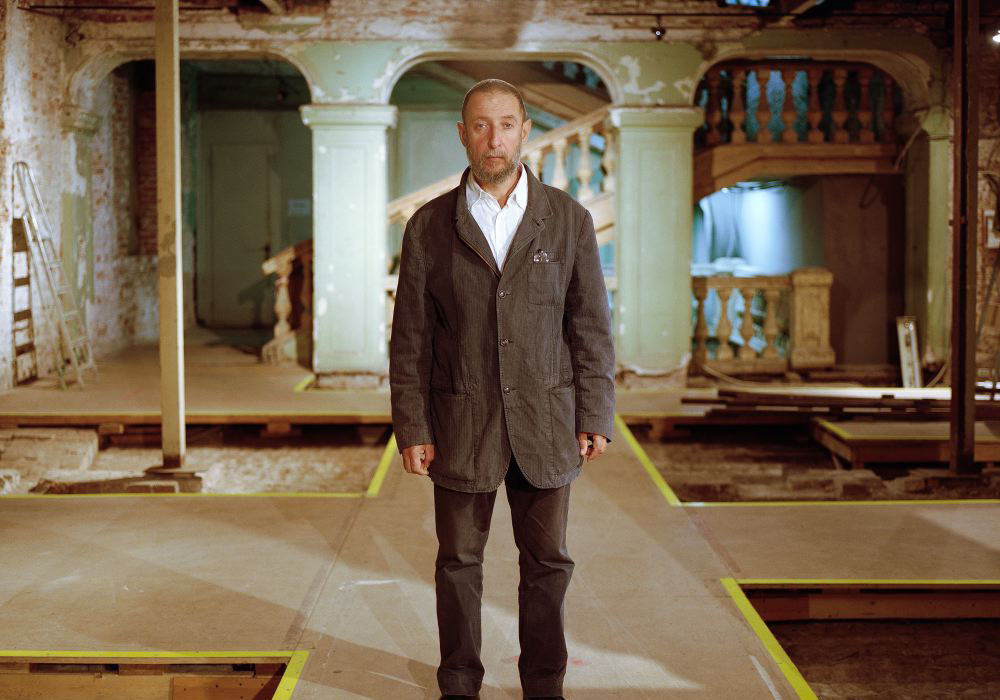
Alexander Brodsky’s finest works may never see the light of day. And that’s fine by him
Alexander Brodsky, the man frequently hailed as Russia’s greatest living architect, rarely makes his buildings out of bricks and mortar. In a career that has always blurred the boundaries between art and architecture, his preferred materials include plastic bags, ice cubes and old window frames.
We meet during the installation of his first UK solo show, White Room/Black Room, which took place at Calvert 22 gallery in London during autumn 2012, and the physical materials he’s working with are no different to earlier exhibitions. The centerpiece in one room is a crumbling model factory made from clay and wire.
You don’t need to look too far back into Brodsky’s career history to see where the roots of this fusion lie. Despite his storied reputation, it wasn’t until 2002 that Brodsky, now 57, received his first architectural commission — almost two and a half decades after he graduated from The Moscow Architecture Institute.
“I don’t receive many offers to work on large-scale projects,” he says. “But that’s a good thing because it gives me time to concentrate on projects that are more real.” This reference to reality underscores his preference for getting his hands stuck into smaller designs rather than acting as overseer of large-scale projects. But the allusion is also not without irony.
“I don’t receive many offers to work on large-scale projects. But it’s a good thing because it gives me time to concentrate on projects that are more real”
In 1984, with Russia in the sclerotic latter phase of the Soviet era, Brodsky joined a group of “paper architects” who sketched designs for buildings they knew would never see the light of day. The movement was a defiant response to the state-sanctioned, homogenous architecture of the time. Instead of working for a government design institution, which proscribed creativity, Brodsky spent years in underground studios, giving his imagination free rein.
It is a period in his life that he remembers with a tremor of excitement. “Back then we were illegally participating in international competitions and were even getting top prizes for our drawings and installations, “ he says. “It was quite a thrilling experience as it also gave us a chance to travel around the world at a time when you couldn’t leave the country without obtaining special permission from the government.“
Brodsky, who is of medium height and build, has short dark hair, blue eyes and a salt-and-pepper beard; he has in the past been described as resembling Vincent van Gogh. Despite his forward-thinking designs, he is by his own admission, a technophobe, preferring pencils to a keyboard and mouse.
We enter the main installation, which is still in the process of being assembled. One room is dark, at its centre a tower filled with around 40 tiny clay manikins staring pensively into an artificial fire. “These little fellows live in the white room but they’ve gathered here to perform some sort of ritual,” he says. “I don’t know what exactly because they haven’t told me yet.” With an enigmatic smile he guides me into the much larger, adjacent room. It is disorienting. In contrast to the previous, it is lit in glaring white neon. Translucent white curtains hang all around and mirrored walls top and tail the room; the impression is of a never-ending corridor. A row of small beds lines one of the walls — empty for now, they wait for the clay men to arrive.
Much of Brodsky’s work is similar in the way it plays with space and light, and the audience’s expectations. “To a certain extent it’s about recreating theatrical effects,” says Brodsky. “Great plays have an ability to freeze time when you are sitting in a theatre and I’m trying to do the same. It’s important for me to break the rules of time and space.”
“To a certain extent it’s about recreating theatrical effects,” says Brodsky. “It’s important for me to break the rules of time and space”
One of Brodsky’s best-known artworks is Cistern, an installation that won him the Innovation award, Russia’s equivalent to the Turner Prize. In 2011, Brodsky fitted out a deserted water reservoir in Moscow’s industrial district with gleaming window frames. Visitors entering the space were made to feel as if they were climbing rather than descending into a deep underground tank. “I remember talking to a woman who asked which floor she was on,” he says. “It seemed to her that she had somehow reached the top of a tower and could see daylight through the windows.”
For Brodsky, buildings are much more than the sum of their parts: just like humans, he says, they have souls. He momentarily reflects on this statement, before issuing a part-retraction: “Although some of those leviathans currently being erected around Moscow are absolutely soulless.”
The development of Moscow is a touchy subject. Brodsky laments the city’s modernisation, which has seen money being poured into erecting shiny office blocks while historic buildings lie neglected. He blames corruption, which blights the city and allows those with the most roubles to call the shots. “I grew up in post-war Moscow when you could still find pastoral landscapes in some parts of the city,” he recalls. “There were strange buildings all around, which I think influenced my interest in working with isolated spaces that live in their own world and run on their own time.”
Despite his indignation and the countless petitions he has signed in hope of saving the city from architectural ruin, Brodsky remains realistic. “It won’t be easy because it’s already happening all over the country,” he says. “They’ve now started in St Petersburg, which is utterly unique — you can’t move a single stone without upsetting the city’s harmony.” As I leave, Brodsky is putting the final touches to his installation. An installation full of soul and one that is far away from the bulldozers and cranes.
